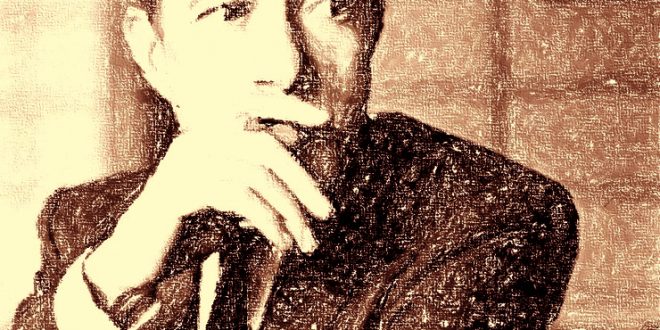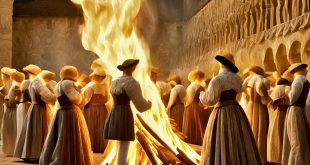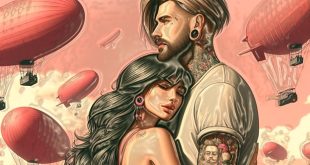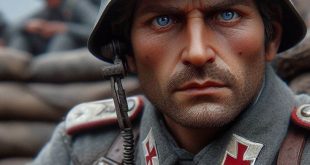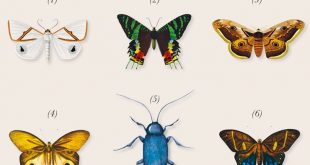The rural Mexico the times of the Revolution
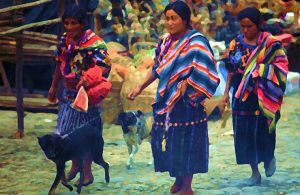
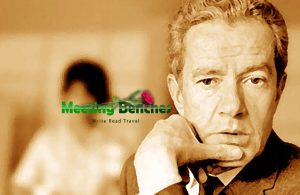
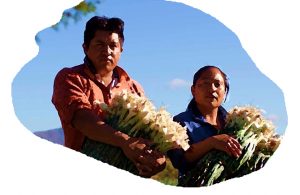
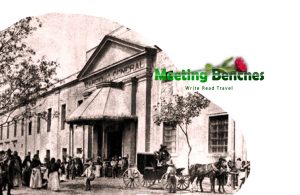 Backed by the mountains of the Sierra Madre del Sur, in the mid-20th century, this beach resort was the haunt of Sinatra, Bardot and Elizabeth Taylor. Fort San Diego, Acapulco’s top historical monument, is its star fort, first erected in 1617 to ward off pirate attacks. One of Mexico’s great 20th-century artists left his mark on Acapulco when in 1956. Diego Rivera’s mural work adorns the exterior walls of the home of Dolores Olmedo. The new, fast-developing part of Acapulco, Punta Diamante, is outside the main bay, on the sand bar in front of the Laguna de Tres Palos to the southeast. One of best Mexican writer, Juan Rulfo, was born here.
Backed by the mountains of the Sierra Madre del Sur, in the mid-20th century, this beach resort was the haunt of Sinatra, Bardot and Elizabeth Taylor. Fort San Diego, Acapulco’s top historical monument, is its star fort, first erected in 1617 to ward off pirate attacks. One of Mexico’s great 20th-century artists left his mark on Acapulco when in 1956. Diego Rivera’s mural work adorns the exterior walls of the home of Dolores Olmedo. The new, fast-developing part of Acapulco, Punta Diamante, is outside the main bay, on the sand bar in front of the Laguna de Tres Palos to the southeast. One of best Mexican writer, Juan Rulfo, was born here.
Because of the themes of his fiction, he is seen as the last of the novelists of the Mexican Revolution. Juan Rulfo, was born into a May day, 1917, in Apulco, becoming Mexican writer who is considered one of the finest novelists and short-story creators in 20th-century Latin America. From 1933 to 1986 he lived in Mexico City, where became director of the National Institute for Indigenous Studies. His photography works (more than 6000 negatives of his photographs), are archived at the Juan Rulfo Foundation https://es-la.facebook.com/jrulfo/.
He was a Mexican novelist, short story writer and a photographer. As a child growing up in the rural countryside, he witnessed the latter part of the violent Cristero rebellion in western Mexico. When his family moved to Mexico City, he worked for a rubber company and as a film scriptwriter. Juan Rulfo was an avowed follower of the American novelist William Faulkner. He had enormous impact on Latin American authors (including Gabriel García Márquez), who practiced what has come to be known as magic realism.
Many of his short stories that were later published in 1953, depicting the violence of the rural environment and the moral stagnation of its people. Writing, Juan Rulfo used narrative techniques (such as the use of stream of consciousness, flashbacks, and shifting points of view). His Pedro Páramo novel https://www.amazon.com/Pedro-Paramo-Juan-Rulfo/dp/0802133908 examines the physical and moral disintegration of a boss and is set in a hell on earth inhabited by the dead, who are haunted by their past transgressions.
To get to know other writers, you can type http://meetingbenches.com/category/library/. For shades of poetry around the world, you can type http://meetingbenches.com/category/poetry/. The sole purpose of this site is to spread the knowledge of these artists and that other people enjoy their works. The property of the images that appear in this blog correspond to their authors.
 Meeting Benches World art in all forms
Meeting Benches World art in all forms
